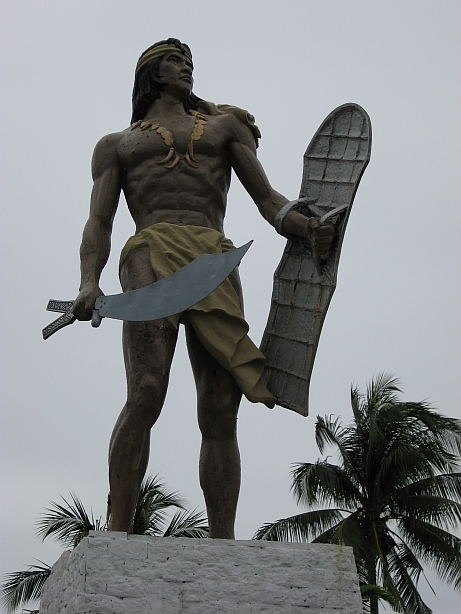Heart of the Visayas and the most densely populated island in the Philippines, Cebu offers the visitor a mix of everything from historical sites on land to amazing scuba diving below the surface of the sparkling ocean.
The Basilica del Santo Nino, first constructed in 1565, lies in the center of the downtown district of Cebu City.

---------------------------------------
On the grounds facing the basilica, pilgrims and worshippers come to light candles and pray.



---------------------------------------
Magellan's cross, marking the point where Ferdinand Magellan first planted the cross on Cebu on April 21, 1521.
The cross is housed under a protective dome to keep it shielded from the weather, and an impressive 360-degree painting of this historic event circles the ceiling above.

---------------------------------------

---------------------------------------
The Spanish did not give up easily, of course, and eventually the Philippines were brought under control of the Spanish crown.
The triangular Fort of San Pedro was first constructed in the mid 1500s as the Spanish presence solidified.




---------------------------------------
For a small fee one can enter the fort and climb to the top of the walls and get a closer look at the cannons and fortifications. It's a peaceful retreat from the hustle and bustle of the city streets below, and many couples seemed content to quietly explore the potentials of modern romance atop these ancient battlements.



